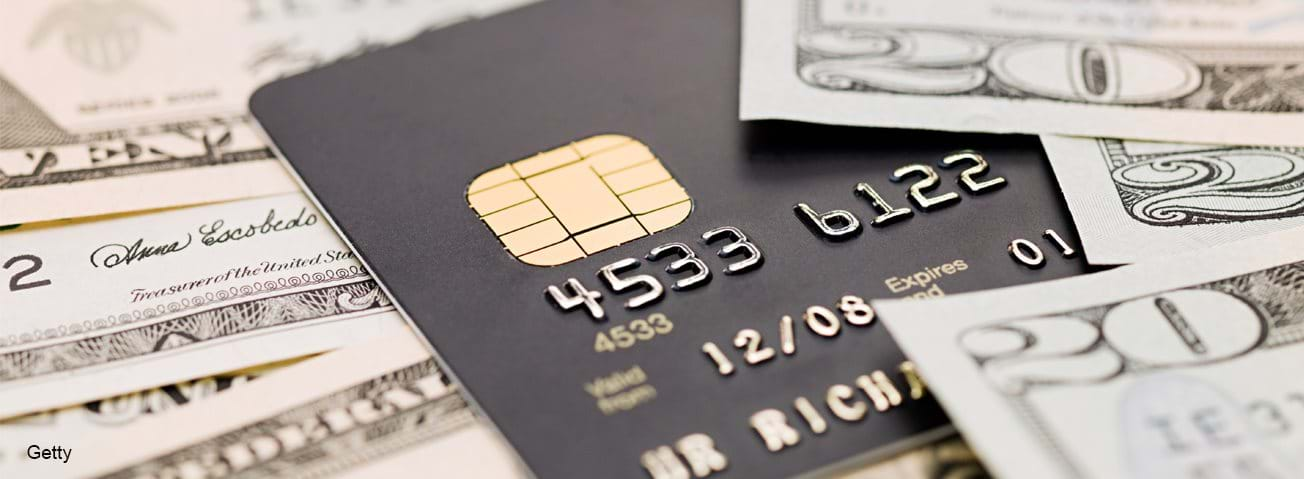How You Pay Influences the Share of Healthy Food You Buy

The use of credit and debit cards has been on the rise in the past decade—driven by the development of online shopping, mobile payment options and, recently, the COVID-19 pandemic. In turn, the use of cash as the primary payment method has fallen. A downside of paying with cards, rather than cash, is that consumers tend to spend more and make more unplanned and impulse purchases. The use of cards may nudge shoppers toward impulsive purchases of less healthy foods and beverages than when paying with cash. Therefore, a move away from cash may have negative effects on diet quality and, in turn, health outcomes.
Researchers from USDA’s Economic Research Service (ERS) used USDA’s National Household Food Acquisition and Purchase Survey (FoodAPS) data to investigate the effect of different methods of payment (cash versus card) on the share of healthy items purchased at restaurants, coffee shops, and other eating places (referred to as food away from home) and at grocery stores, supercenters, and other food retailers (referred to as food at home). FoodAPS is a nationally representative survey of U.S. households that collected detailed information on the foods and drinks purchased by all household members over 1 week. This information includes nutritional information and the amount paid for each item, along with the method of payment. FoodAPS data predate the COVID-19 pandemic and do not reflect its impacts on food supply chains and food demand.
To examine the share of healthy items purchased at each food event or transaction, the researchers employed the criteria in the Guiding Stars Program. The program rates the nutritional quality of food and beverages based on “nutrients to limit” (trans fatty acid, saturated fat, cholesterol, added sugars, and added sodium) and “nutrients to encourage” (dietary fiber, vitamins and minerals, and whole grains). Nutrients to limit earn negative points, while nutrients to encourage earn positive points. Each purchase by FoodAPS respondents was assigned a score based on these criteria. “Healthy” items were those with overall positive scores.
The researchers used a statistical model that allowed them to control for individual characteristics that do not change in a week (e.g., demographic variables, such as income and race; and food preferences). What remains are variables that vary during the different food events (e.g., the food items purchased, the method of payment, and place), allowing the researchers to estimate how using different methods of payment in different food events affect the share of healthy items purchased.
The results show that shoppers using cash purchased a higher share of healthy items than when they used credit or debit cards for purchasing food away from home. Using cash increased the share of healthy items purchased away from home relative to non-healthy items by three percentage points (18.8 versus 21.9 percent). For food-at-home purchases, the shares of healthy items purchased with cash and cards were similar at about 36 percent.
One possible explanation for these results is that people tend to plan more when grocery shopping, employing shopping lists and basic routines. This planning could result in fewer impulsive decisions regardless of the method of payment. Eating out may be more conducive to impulse purchases, leading to individuals spending more on less healthy foods, beverages, or snacks when they pay with credit or debit cards than with cash.
“Does how you pay influence the share of healthy items that you buy? Assessing differences in nutritional quality of food purchases by payment type”, by Eliana Zeballos, Lisa Mancino, and Biing-Hwan Lin, Food Policy, doi: 10.1016/j.foodpol.2020.101886, August 2020


